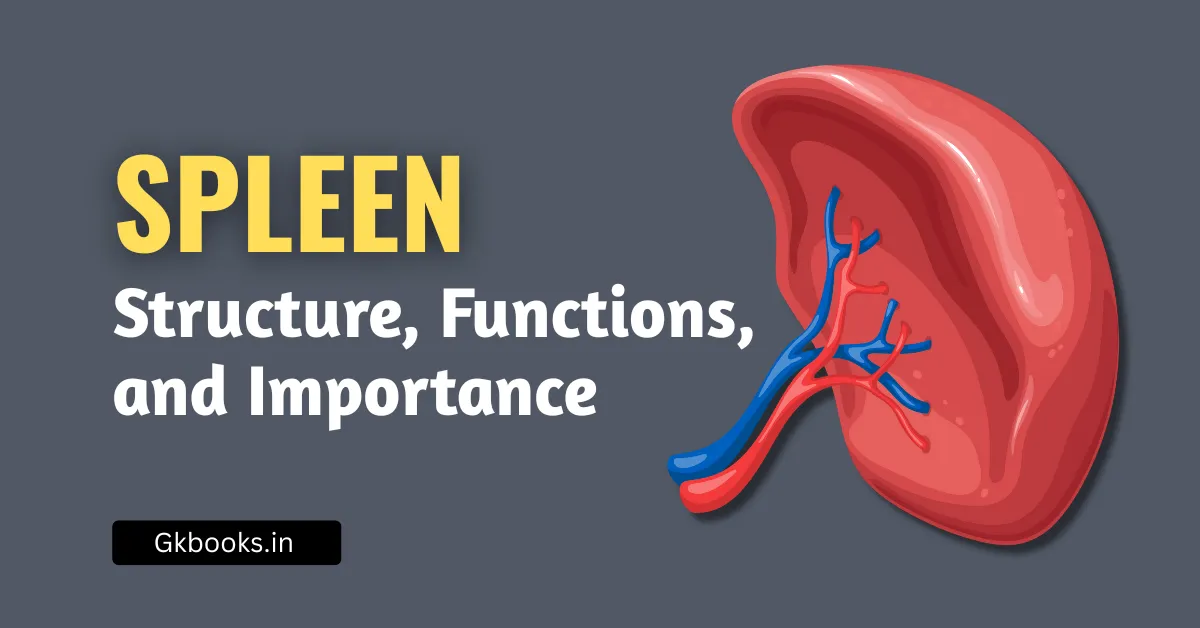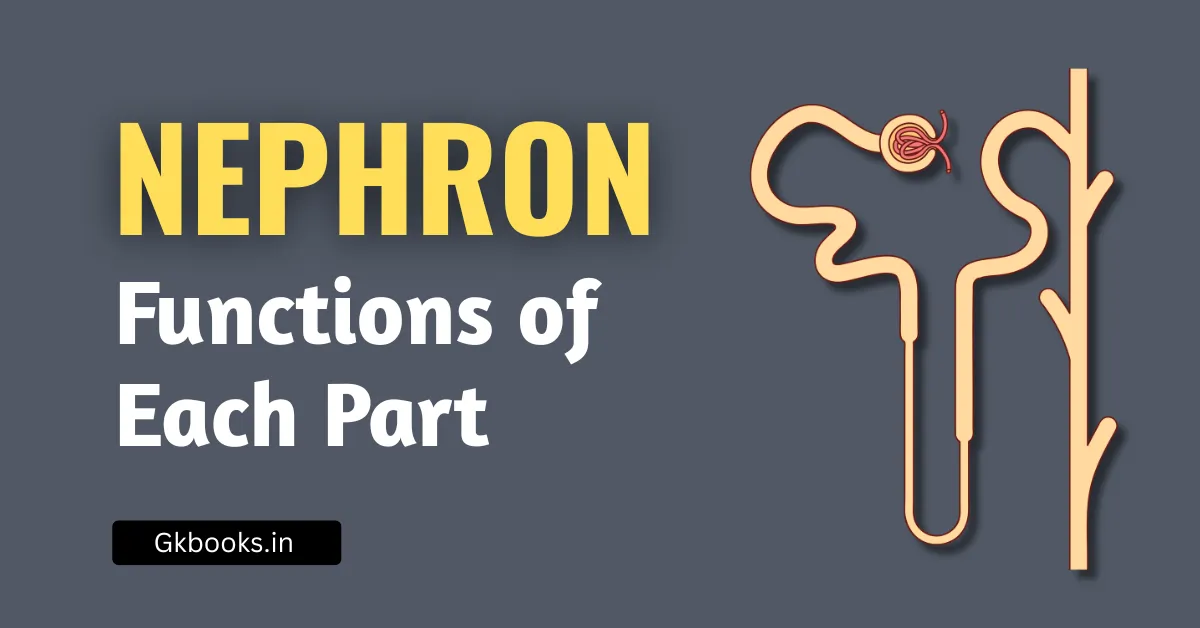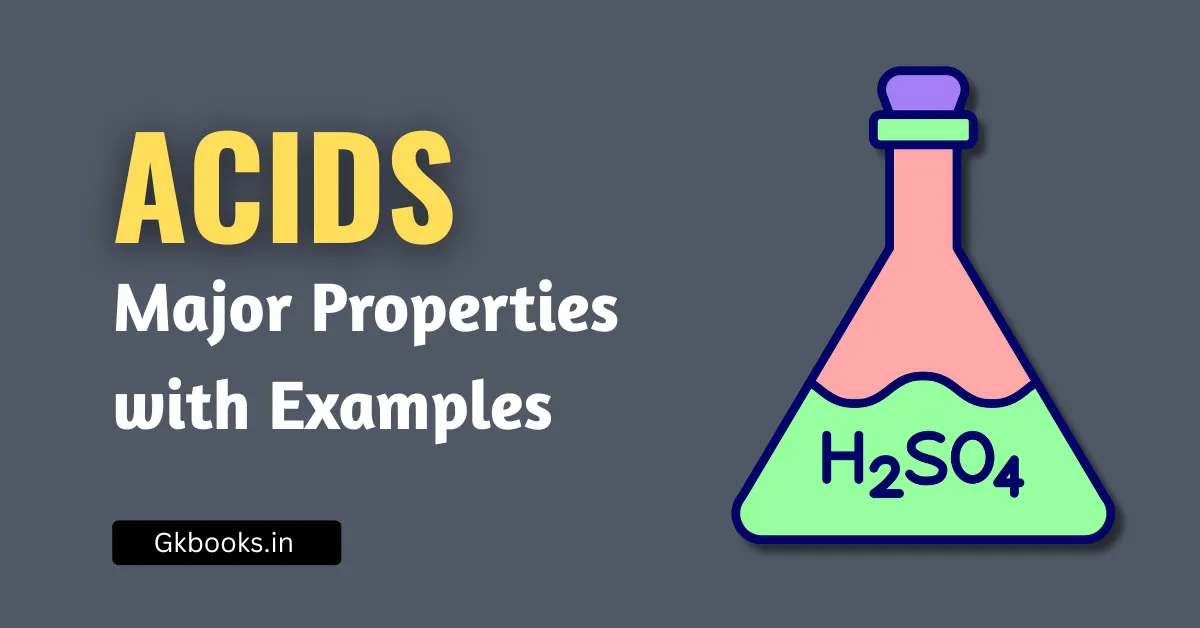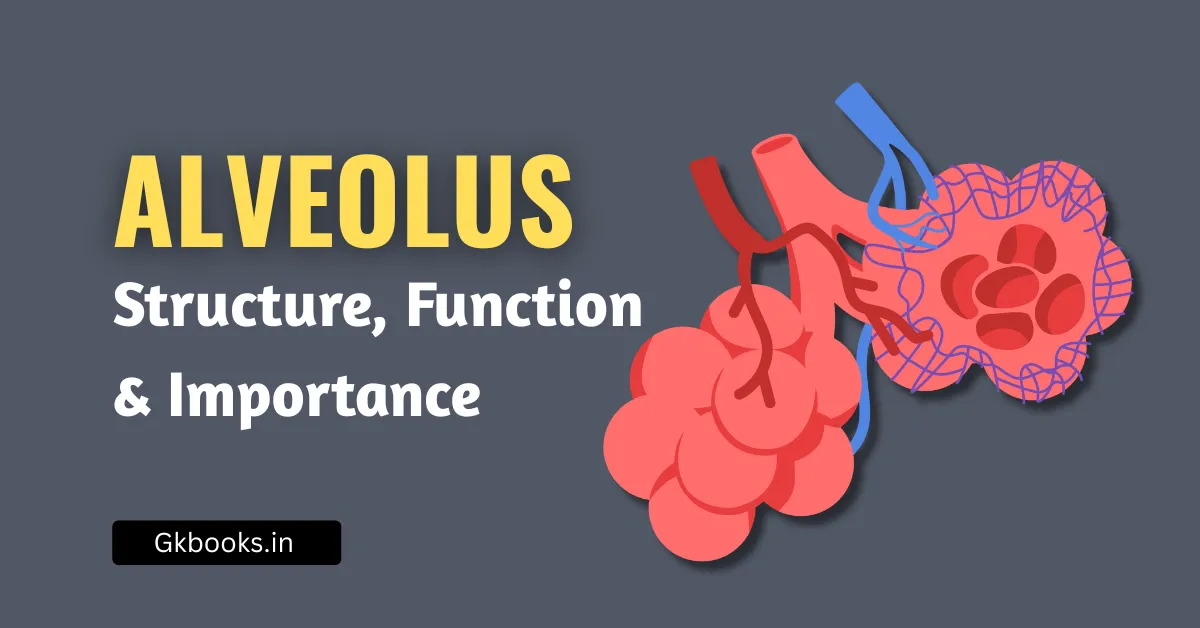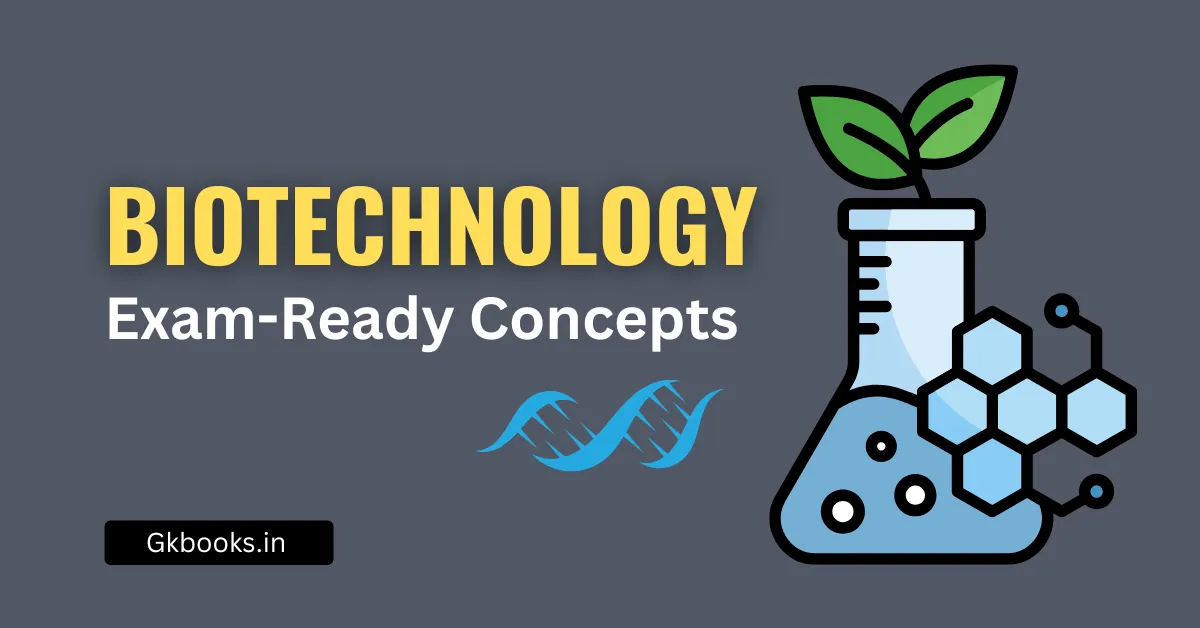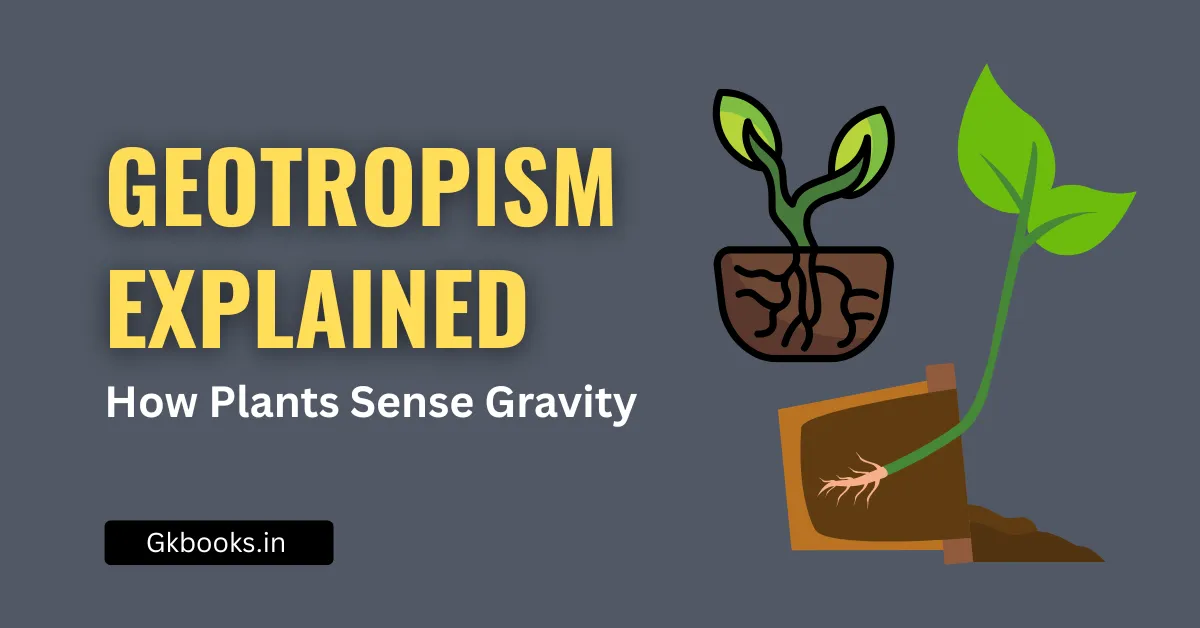Composition of Lymph Fluid: Definition, Components, and Functions Explained
Lymph is a vital body fluid that plays an essential role in maintaining immunity, nutrient transport, and fluid balance. While most students preparing for competitive exams like UPSC, SSC, Banking, Railways, Defence, and State PSCs are familiar with blood composition, the composition of lymph often gets overlooked. However, examiners frequently frame direct and indirect questions … Read more








